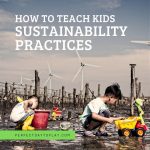
Smart Eco-Friendly Family Activities: Teach Kids Sustainability Practices
Easy and proven ways to teach kids the reduce-reuse-recycle concepts, in-home sustainability practices, and the value of the environment. Encourage eco-friendly lifestyle from an early age!
Environmentally speaking, there is no doubt that our children are to live in a completely different world, and they will need every little bit of help from us as parents as possible. Help can come in the form of timely green action to correct mistakes of the past, switching to a more eco-friendly lifestyle, and educating our young on sustainability practices early. In this article, we share a few ideas on how you can engage in and encourage your kids to get on some basic eco-friendly activities and green practices in your day-to-day life.
***This post may contain affiliate links and we may earn compensation when you click on the links at no additional cost to you. All product recommendations and feedback are ours and based on personal experience. Please refer to our Disclosure Policy.
- Top Children’s Books On Environment: Teach Kids to Reduce, Reuse & Recycle
- Easy Activities and Fun Things To Do With Kids at Home
- Toddler Airplane Activities You’ll Definitely Want to Use On Your Next Flight
- Insider Hacks to Start Saving Money on Family Travel Today
- What To Do With An Old Baby Car Seat? How to Recycle a Car Seat?
- 9 Best Natural Sunscreens For Kids. Organic. Chemicals-Free.
.
What is Sustainability?
In the past, we, as families and as humans, have been facing threats from the outside world in the form of wild animals, wars, and diseases. Today however the risks are different – the main threat is coming from our own kind. In a world with a constantly growing population, available resources are used up faster than they can be regenerated. Some scientists claim that we have already exceeded the carrying capacity of the global ecosystem. Wouldn't you be curious to learn about sustainability?
Sustainability focuses on meeting the needs of the present without compromising the ability of future generations to meet their needs. In most business literature, the concept of sustainability is composed of three pillars: economic (profits), environmental (planet), and social (people). Everyone agrees though that Environmental Sustainability is the most important of the three and the other two actually depend on this one. (Reference: Open Forests)
So what are some of the green activities you can implement at home? What are sustainability practices you can teach to your kids? Without further due, here is our list of Top 11 Eco-Friendly activities you can easily start with when teaching your children about the value of the environment.
.
Tip 1. Eat Local Seasonal Foods At Home
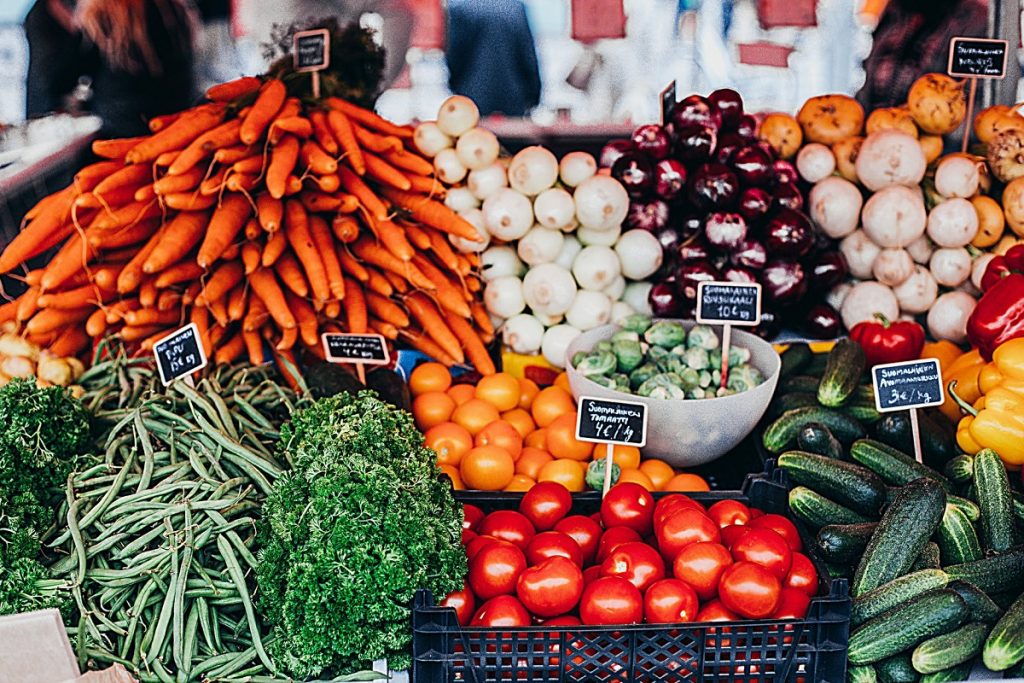
One of the easiest ways to start the discussion about sustainability is at the dinner table and investigating the foods you have in your fridge.
Supermarkets acquire all kinds of food from other countries, brought from afar: this requires a lot of resources and energy, both in production and transport. Transporting products long distances results in a higher carbon footprint of that product, in both carbon emissions and packaging required. In addition, a significant % of food is literally wasted during transportation: food spoils due to damaged packaging, failures in storing conditions, warehouse delays, etc.
Local and seasonal foods require less energy to produce, store and deliver to your table. As a result, the carbon footprint is much lower, and environmental sustainability is addressed. Economic sustainability is, of course, better served too, as buying local gives back to the local community in both resources and jobs. Do you see how an eco-friendly lifestyle can benefit so many other sectors in addition to the environment?
The local produce is also much more nutritious: as they spend less time traveling, they are picked up fully ripe. So you can see how along with discussing sustainability practices you can easily introduce the topic of nutrition.
One easy to apply sustainability practice is to encourage your kids to read the food labels to determine whether the food is local, or how long it has to travel.
In addition, a Sunday trip to a local farmer’s mountain can be a cool adventure for your little ones! The best part, you can ask the local farmers to teach you and your kids about the exact process they grew their produce or they made their cheese, about some of the sustainability practices they implement in their farming process. A great way of learning about the environment directly from people who work in it day-to-day.
Oh, and if you have space in your garden, you can always start growing your own food! Not only it is healthy, but also super-fun for kids. Here are a few ideas on how to make your garden more kid-friendly.
.
.
.
Tip 2. Teach Children to Value Water
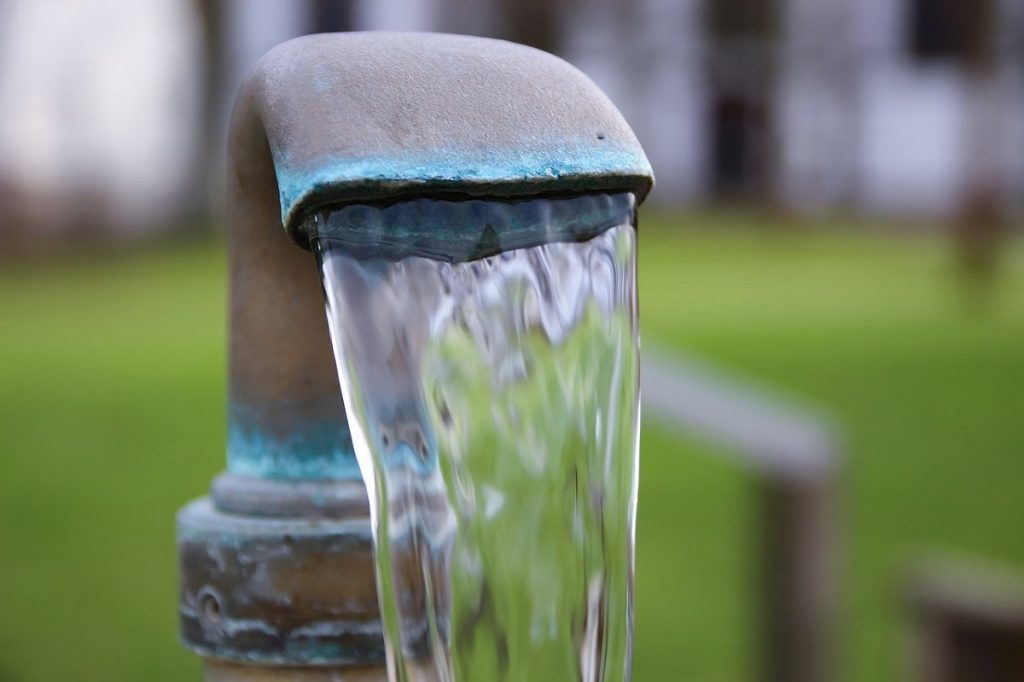
Teaching kids the value of water from an early age is extremely important. People are 90% comprised of water. Without having access to drinking water a person will die in less than a week. At the same time, freshwater is a finite resource.
Here in Canada, we are lucky to have large reserves of fresh clean drinking water. Many locations around the Globe, including some parts of the USA are not that lucky… Some countries are going into war for water sources control even in present times. Of course, there are technologies available for water purification and desalination, but these are expensive and resource-intensive. If you’d like to get a deeper insight into why water should be valued, I do recommend a book: “Water: The Epic Struggle for Wealth, Power, and Civilization” by Steven Solomon.
You can raise awareness at home through small gestures and green activities such as closing the tap while brushing your teeth, taking a bath instead of a shower, and avoiding any activity with a running tap. To help you measure your water use, you can install water meters and launch a monthly “contest” to see if your family can spend less water that a “maximum”. If they do, you’ll treat them to their favorite restaurant outings or to something meaningful.
There was a time a few years ago when I was mistakenly thinking: why would I need to limit my water – I live in Vancouver, the City of Rain after all, surely we have plenty of water here! Imagine my surprise when I learned that even Vancouver – one of the rainiest places in Canada – experiences frequent water shortages and due to global warming effects is on the path to start implementing water limits and water use restrictions. READ this on CBC: “Why Vancouverites need to stop treating their water supply like a ‘buffet'” to get more details on what I mean…
Another environmental sustainability practice you could promote at home: using natural septic tank-friendly soaps, cosmetic products, and cleaning products. This way much fewer chemicals and toxins will go “down the drain” at your household, resulting in an overall less pollution hitting the rivers and oceans.
.
.
.
Tip 3. Recycle
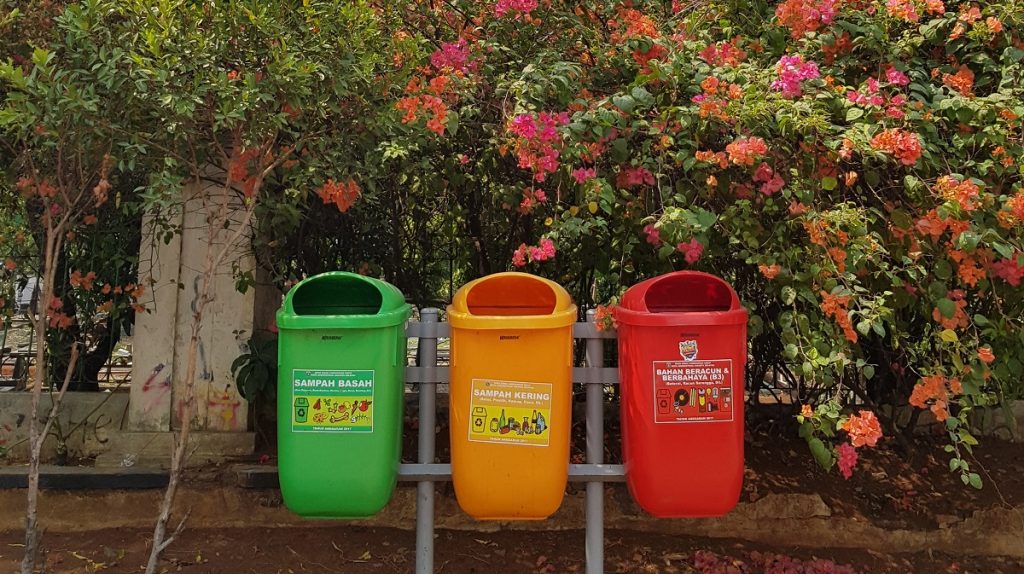
Recycling is one of the most everyday and useful sustainability practices you can engage in to help combat the global pollution crisis. If it is explained in the right way, it will not only raise awareness of children about the environment in the future but push their curiosity buttons to learn more about the science behind sustainable resource management concepts.
Luckily now brands, manufacturers and governments are making recycling easier than ever. New waste processing technologies are being developed every day, and existing technologies are being made cheaper to recycle all sorts of waste. Even fashion designers and clothes manufacturers are getting onto the trend, so more people can start dressing sustainably.
The habit of recycling plastic, metal, glass, paper and batteries can be created through games, stories or other green kids’ activities.
For example: at our home, we have 4 separate recycle bins marked with fun colors and with a photo attached to each showing what can or can not be placed in there: paper, plastics, refundable containers, cellophane + plastic wrap + one for everything else.
We have a little money jar next to it. Each time we take out the collected recyclables, we weigh them and pay $1 per pound into the money jar. Our son is free to use the “recycled money” the way he pleases.
In addition one of our personal favorite things to do with 4yo Cosmos is to go to our local Return-It Depot, where Cosmos can practice his skills in sorting out our recyclables and placing them in the correct bins.
I absolutely love that Return-It Depot made it even more fun for kids to return recyclable drink containers – not only Return-It pays back the container deposit (which can be used by kids as pocket change), but they’ve created a system of points you can redeem for a plush puppet!

Teaching kids to reduce, reuse and recycle is an investment for the future of our planet.
.
.
.
Tip 4. Donate or Re-Sell Your Used Items
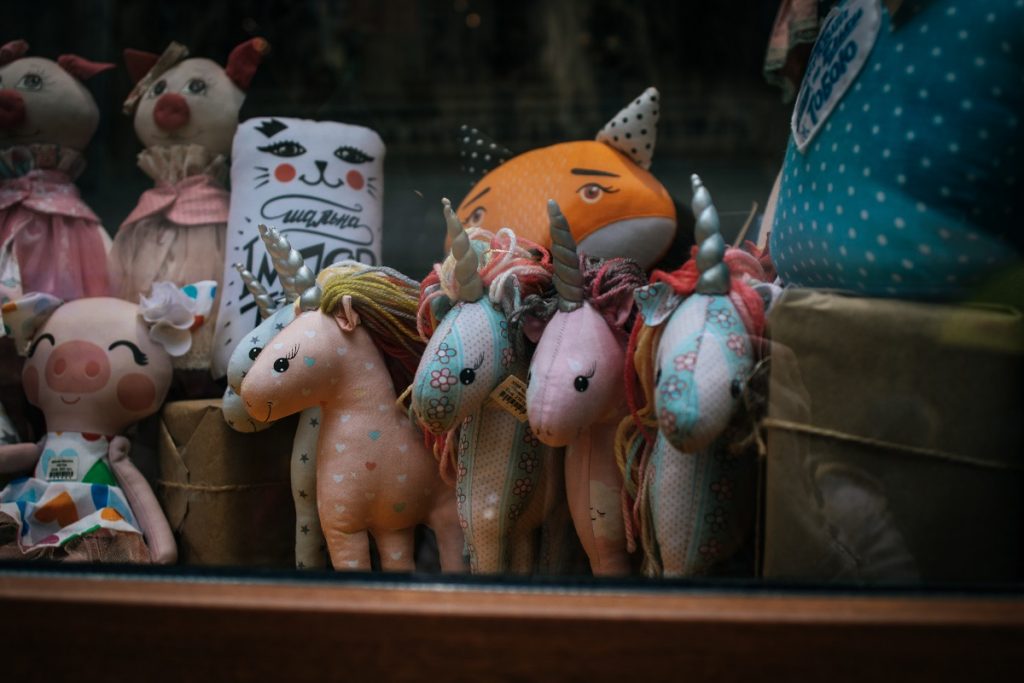
.
So your kids have grown out of their clothes? Or have tons of no longer used old toys? Instead of throwing perfectly good gently used things, you have a choice to teach your kids either philanthropy or business skills.
At our home, we do “end-of-season clean-ups”, where we collect all unused good condition household items and clothing.
Christmas season is the perfect timing to teach children the concept of carrying for others and sustainable sharing. In our family, we donate books, clothing, and toys to kids clubs, daycares, churches, non-profits (eg. Diabetes Canada) and places like Value Village.
If you have unused items, expensive clothing or art, furniture or electronics, we take this as an opportunity to teach our son how to resell gently used items.
Ways to list your used items online:
- On websites, such as Craigslist or Kijiji
- Mobile applications like LetGo
- Social media, eg. dedicated Facebook groups
- Online auction sites like eBay or MaxSold
As Cosmos is only 4yo, we do all the work of listing items while talking through the process and explaining what is going to happen. Later once he is a bit older and is tech-savvy, we intend to give the listing management to our son entirely and let him keep the money. Not only he’ll learn the reuse reduce recycle principle, but our son can also practice important real-life skills such as sales, photography, marketing, negotiations, and money management.
.
.
.
Tip 5. Rent-Out Your Unused Items
Another creative way to make use of something that may occupy your storage for no good reason, unexpected by totally green activity, is to start renting those unused things out. Surprising sustainability practice and a perfect opportunity to teach your kids some business skills and maybe even let them manage the listings and renting process in exchange for keeping the profits.
Home appliances, tools, sports equipment, electronics, some furniture, party decorations, costumes, ugly sweaters, and even formal dresses are a perfect fit! Who’d rent from you? Many will do! A family coming to visit Vancouver for 3-4 weeks may need a high chair or a changing table – it makes more sense to rent it than to buy new.
There are many online rental sites you can use for this purpose. A good example is a company Quupe that has both a website and mobile app and was built specifically for the purpose of renting things from locals. They even have insurance to cover the rental!
Selling or Renting your stuff is undoubtfully an amazing way to show your kids that some sustainable activities that help the environment a great deal in reducing the waste landing into our land fields, but can also bring unexpected profit. Everyone wins!
.
.
.
Tip 6. Bring Reusable Bags When Shopping
Indeed, the easiest proven way to switch to an eco-friendly lifestyle and to teach kids the “reduce reuse recycle” principle is by ditching single-use plastics such as plastic shopping bags.
Bring your reusable eco-friendly bags when you go to the supermarket. The more often you engage in this green activity, the likelier children will perceive it as normal and imitate their parents' behavior: in this way, you will create a habit that will continue when the children grow up.
It is, of course, important to explain some of the reasons behind single-use plastics refusal. Check out our recent post on children's books about the environment, where you’ll find many resources on how to easily explain hard concepts to kids of any age: Top Children's Books On Environment: Teach to Reduce, Reuse & Recycle
.
Tip 7. Foster Your Kids’ Imagination with Recycling Crafts
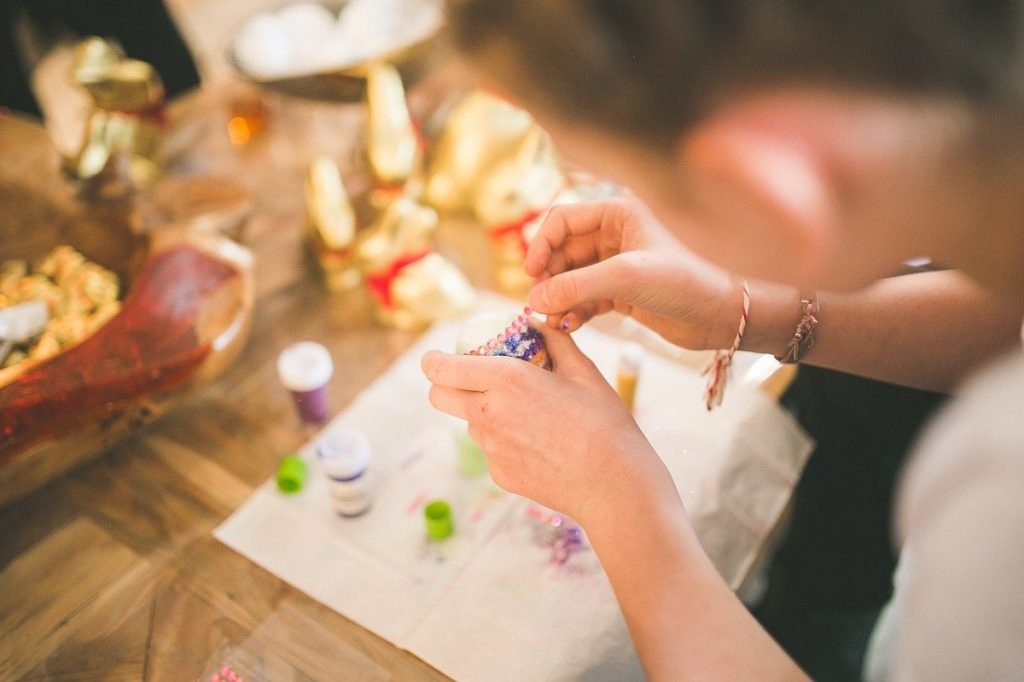
Spend time with your kids making crafts together! This too can be a great opportunity to continue teaching your little ones about the importance of taking care of the environment.
One way to practice sustainability is, instead of buying new craft materials, reuse what you already have. You can stimulate your children's creativity by helping them make all sorts of things from all sorts of things!
Teach engineering and architecture by creating a dollhouse using old shoe boxes, self-painted to rainbow colors and decorations made out of old Halloween costume! Make bird feeders out of old sand toys, vases or planters out of plastic bottles and old jam jars. Teach your children design and fashion by sewing a unique cool grocery bag out of an old t-shirt. Or you can make Christmas decorations reusing old broken jewelry.
Reuse or properly recycle all the left-overs of course!
.
.
.
Tip 8. Use Less Paper
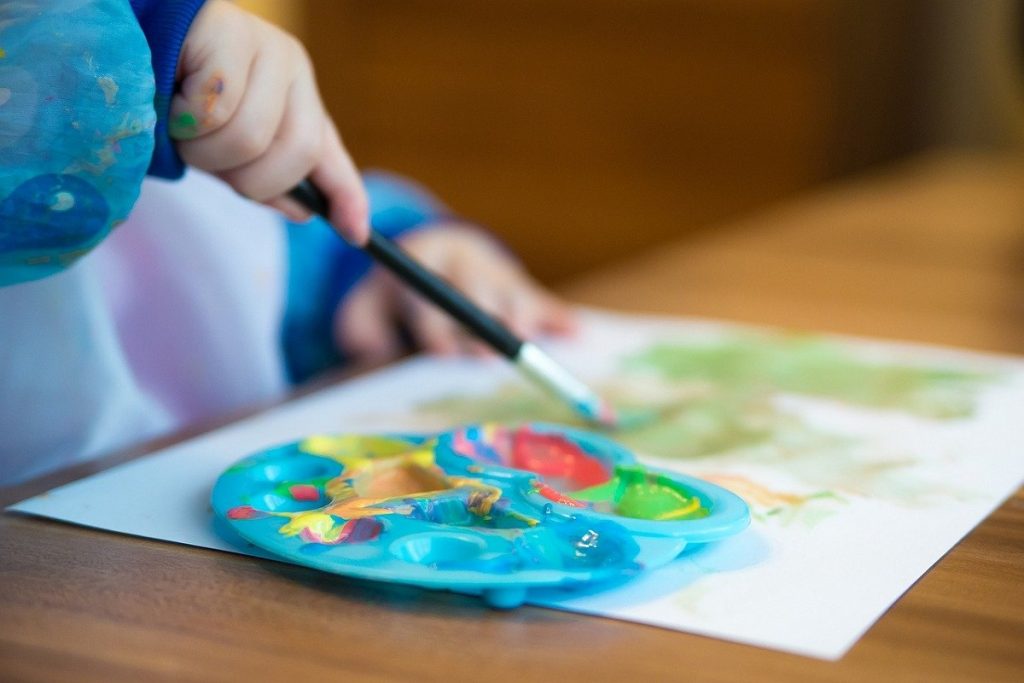
While going through the learning process to write and draw, children often make countless scribbles on paper to only throw it all away. One way to practice sustainability is to reduce the use of paper, and subsequently to help fight deforestation. The easiest way is – to use the writing paper on both sides!
You can get even more creative by allowing your kids to write and draw on pizza boxes, and other packaging.
Did you know you can avoid paper altogether?! There are writing slates available in all shapes and forms: from classic chalkboards to laminated sheets paired with magic markers, to digital writing slates that so perfectly imitate paper.
.
.
Tip 9. Introduce Books About Environment Early
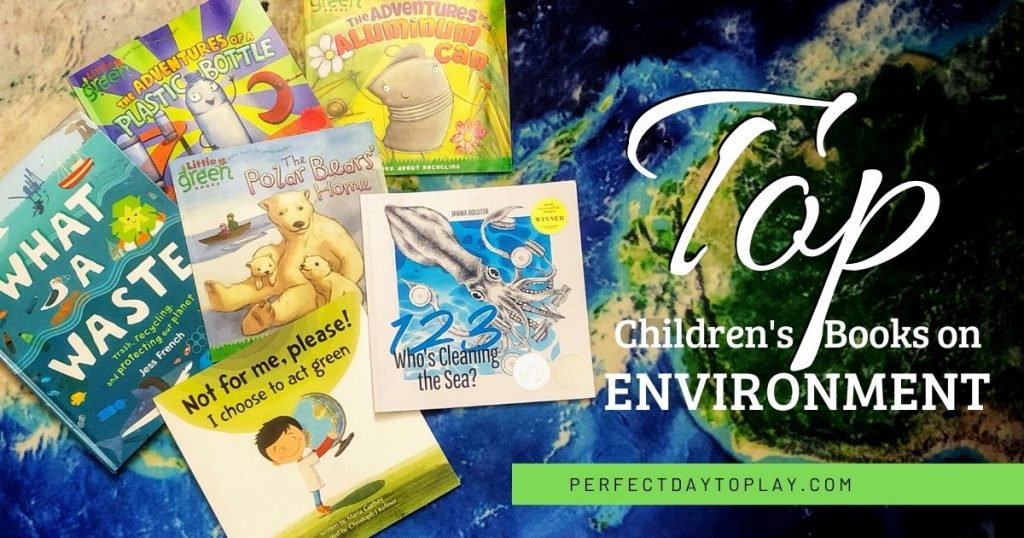
As an eco-conscious and sustainability-focused family, we love to see that more and more children’s authors focus their attention on bringing awareness about waste and air pollution, climate change, and the need for green action early on.
Check out our recent post on children's books about the environment to learn our findings on the latest and greatest children’s books on the environment, sustainability practices, recycling, green action, climate change, and protecting the planet available on Amazon and nearby bookstores. Top Children's Books On Environment: Teach to Reduce, Reuse & Recycle.
.
.
.
Tip 10. Notes on Transportation
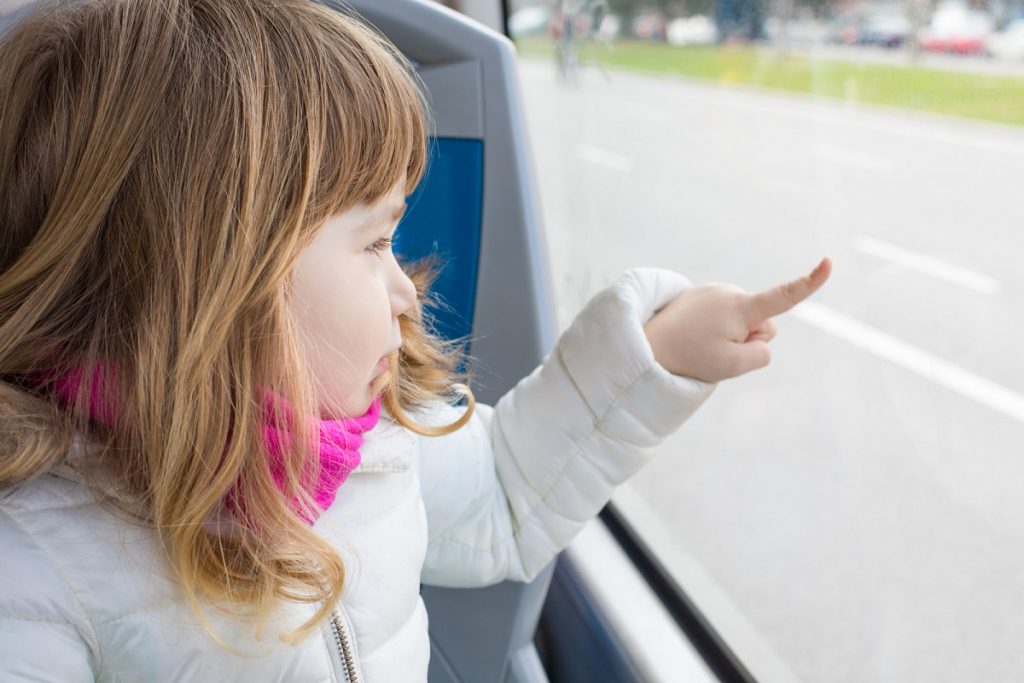
Personal travel by car accounts for half of the total CO2 emissions from the transportation industry. The majority comes from trips between home, work, and school.
Public Transportation
Using public transportation obviously helps the emissions situation. But you’ll be surprised how much fun this green activity could be for the kids!
Our 4yo Cosmos is absolutely ecstatic when we take a bus trip or a train ride. In his toddler mind, this accounts for a real adventure! Instead of being strapped into a car seat all by himself at the backseat, he can see other people and look out of the window and climb a seat on one side, then on another.
Electric Cars
If you are determined to switch to an eco-friendly lifestyle, and if your financial situation allows it, you can buy an electric car. Electric cars do not produce air pollution from burning gasoline, and in many cases, you can get it recharged from clean renewable energy sources.
.
Other ways to be selective about your transportation, depending on where you live, of course, is giving preference to smaller cars, carpooling, electric scooters, bicycles, light snowmobiles, or simply walking everywhere!
.
Educating children to be selective about their means of transportation not only takes care of the environment in the short term but also encourages children to respect it as they grow up.
.
.
Tip 11. Respect the Outdoors
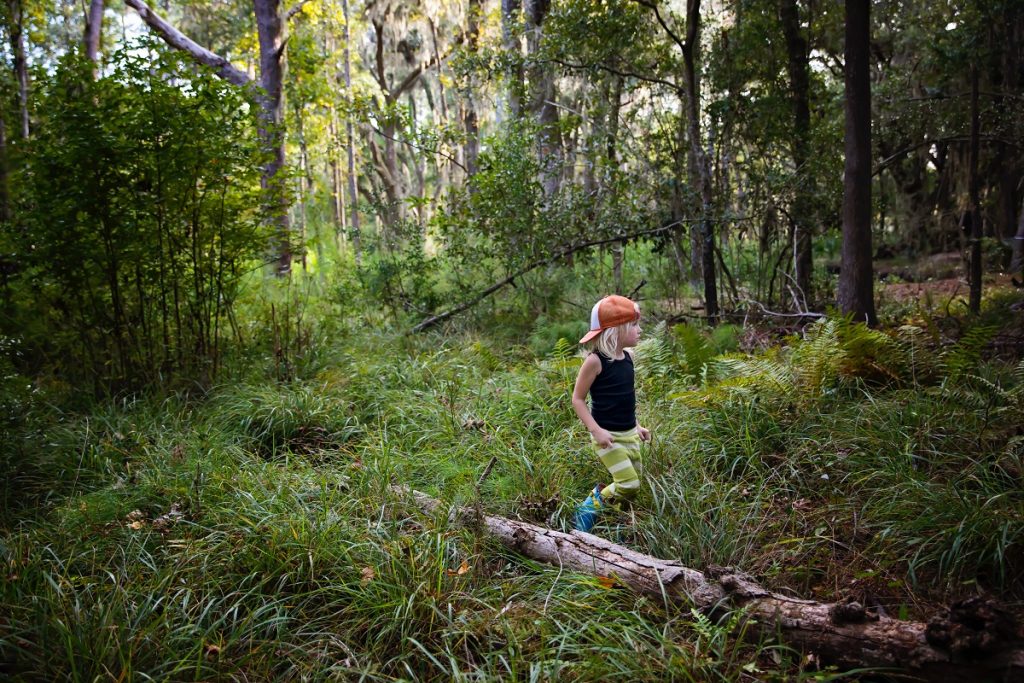
Teach your kids to respect the green areas, do not litter and collect your pet's waste.
A good idea is, if you go through an area full of waste, make the little one reflect on how the planet would be if everyone treated it that way. Some of us even go a step further by organizing and participating in local beach and forest clean-ups. Participate when you can!
We couldn’t stay away of course, and here is our own beach clean-up project fighting the cigarette butt pollution – The Red Bucket Challenge.
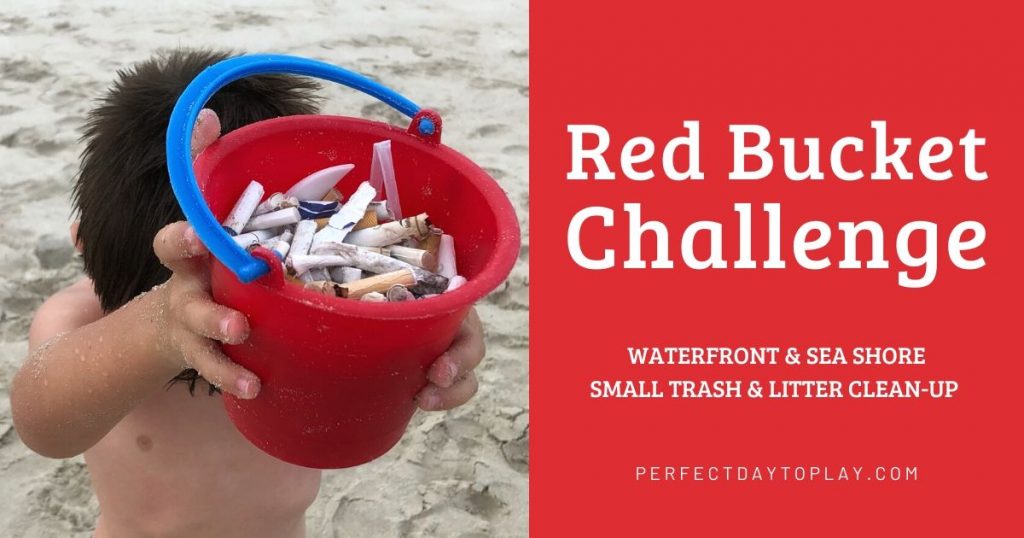
There’s been quite a bit of discussion lately about the impact of outdoor exploration, hiking, and camping on both the environment and the wildlife. This resulted in the now popular Leave no Trace movement, with many non-profits and individuals taking a lead on promoting and inspiring responsible outdoor recreation through education, research, and partnerships.
We are extremely happy that the Eco lifestyle is truly taking off!
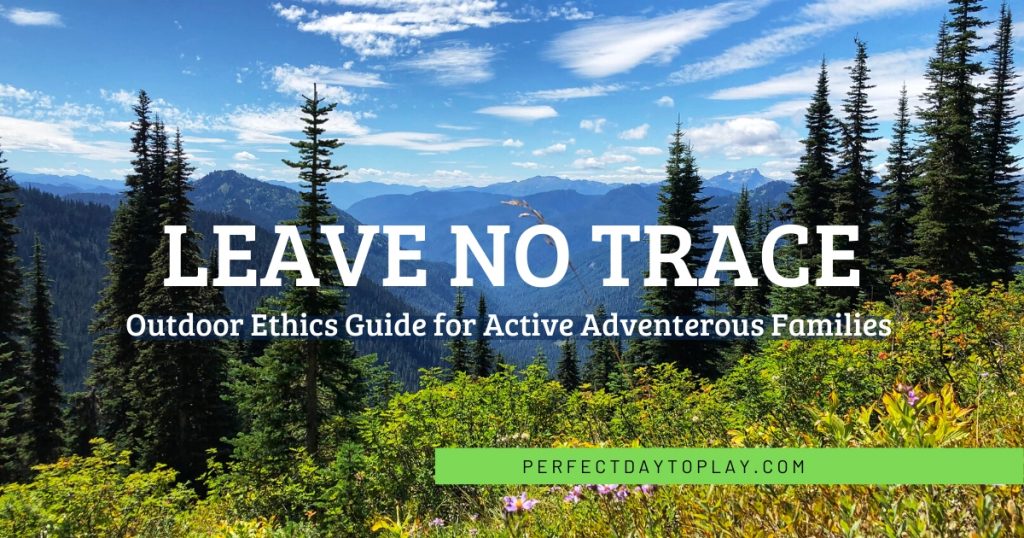
.
.
.
In Conclusion
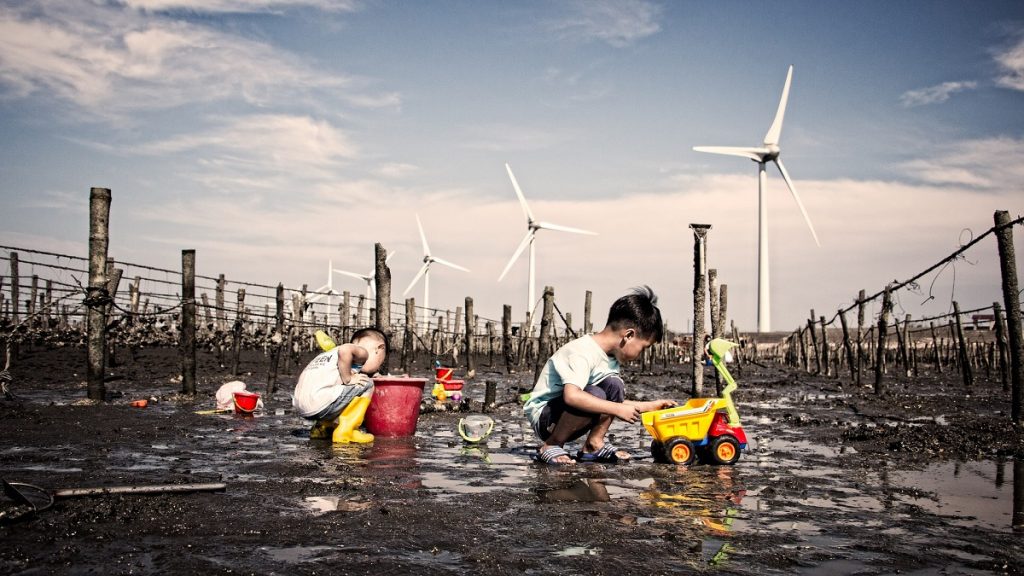
Protecting the environment is a task for us all, regardless of our age. Helping is critical for future generations to enjoy all that our planet offers, with access to clean air, clean water and the variety of species that live here.
If the environment is not a priority for you, it will be noticed in your actions. You may find it extremely difficult to educate your little ones, as kids are smart creatures and they mimic adult behavior. So make it a priority. Become the change.
You do not have to be perfect. You do not have to be an environmental activist also. However, each small “greener” change in your lifestyle, each step towards a sustainable action, each eco-friendly consumer choice (eg. giving preference to eco-friendly travel products, home products, or sustainable fashion) makes an impact.
To willfully decide to teach your kids sustainability, practice recycling, engage in green activities, and to become an example of an eco-lifestyle for your children is the biggest gift you can give to future generations.
.
Enjoy!
Cheerfully yours,
Alexandra, Alex & Cosmos
.
Share your pictures on social media! tag #PerfectDayToPlay to be featured on our Instagram!


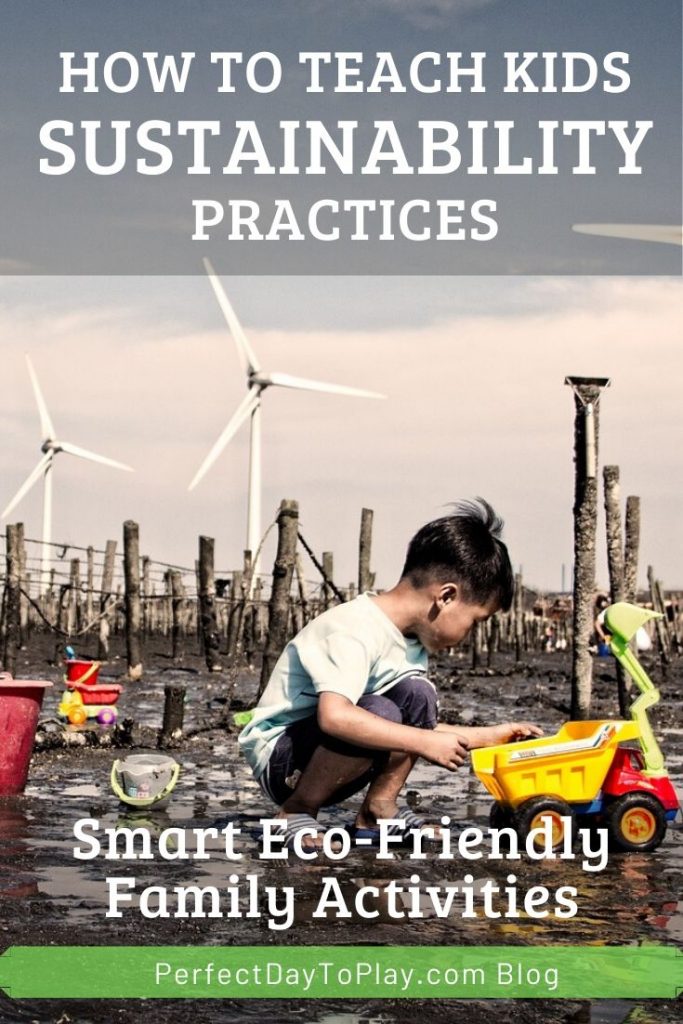

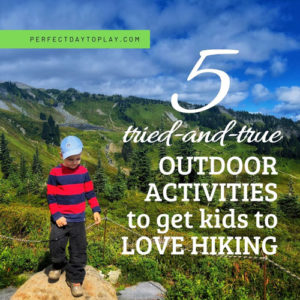



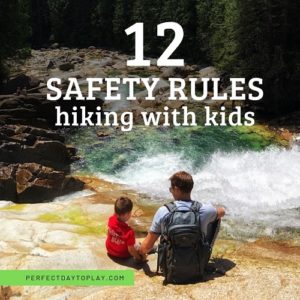
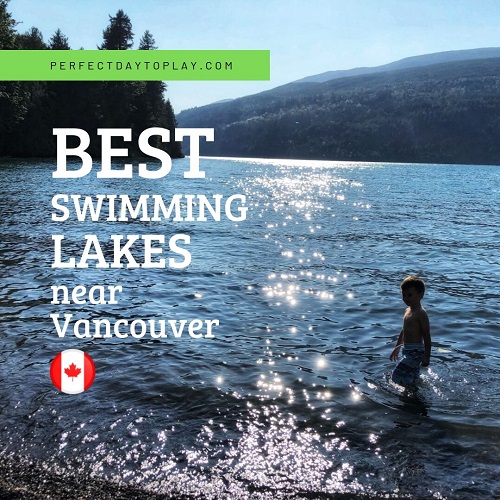

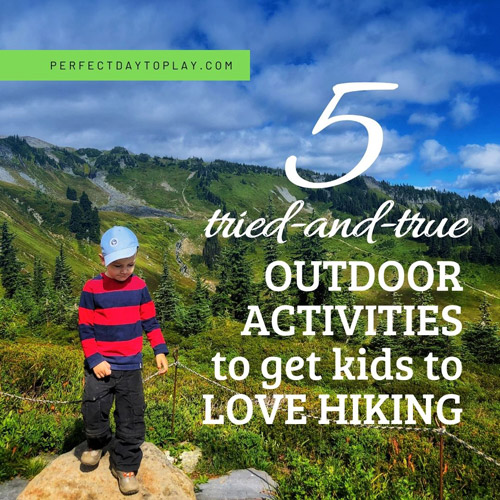


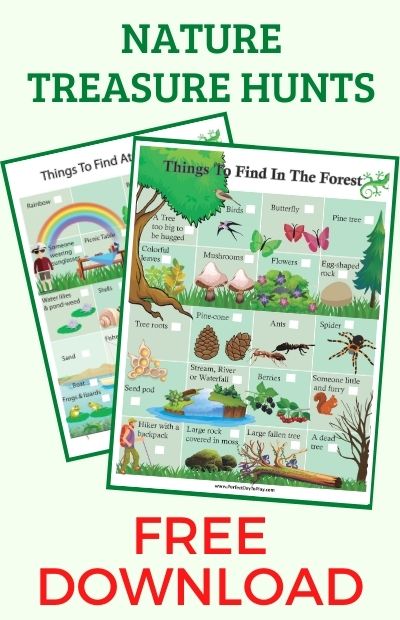
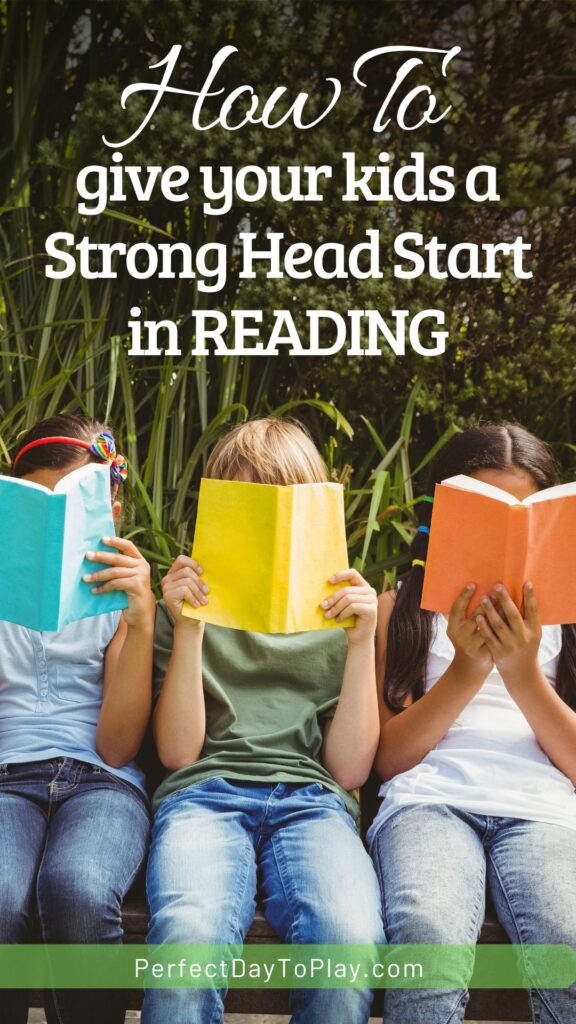
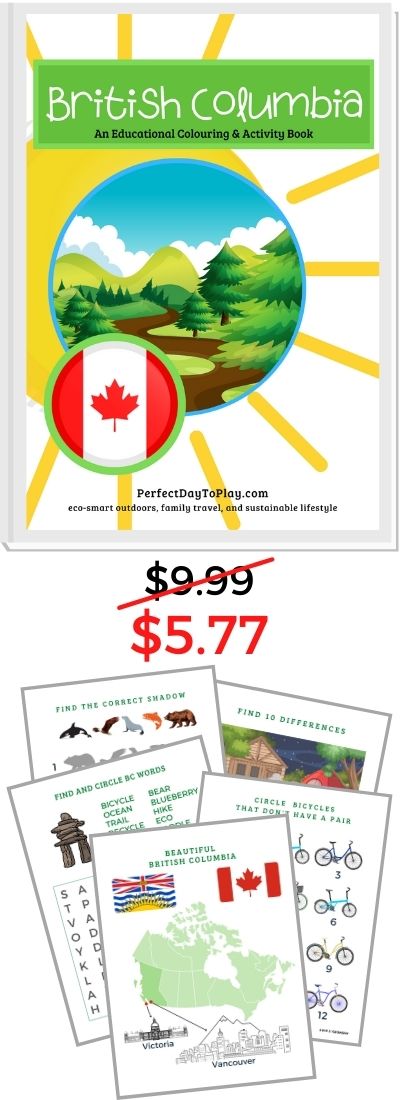

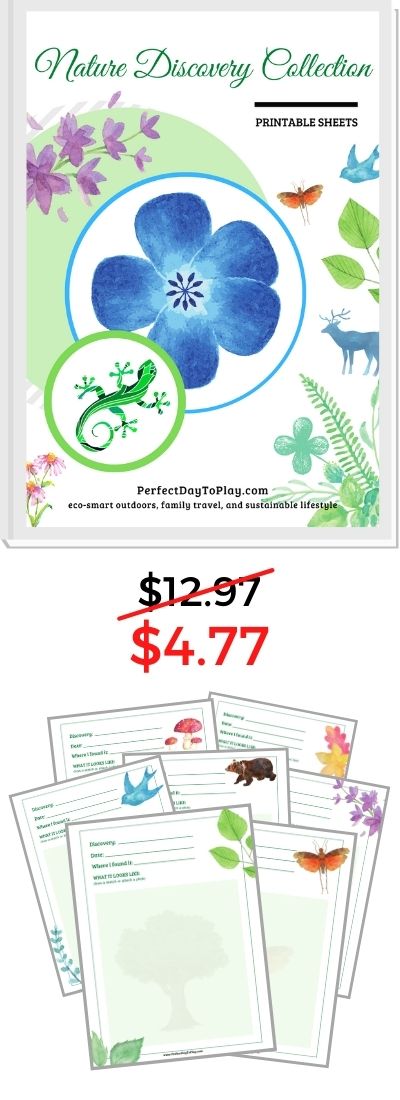
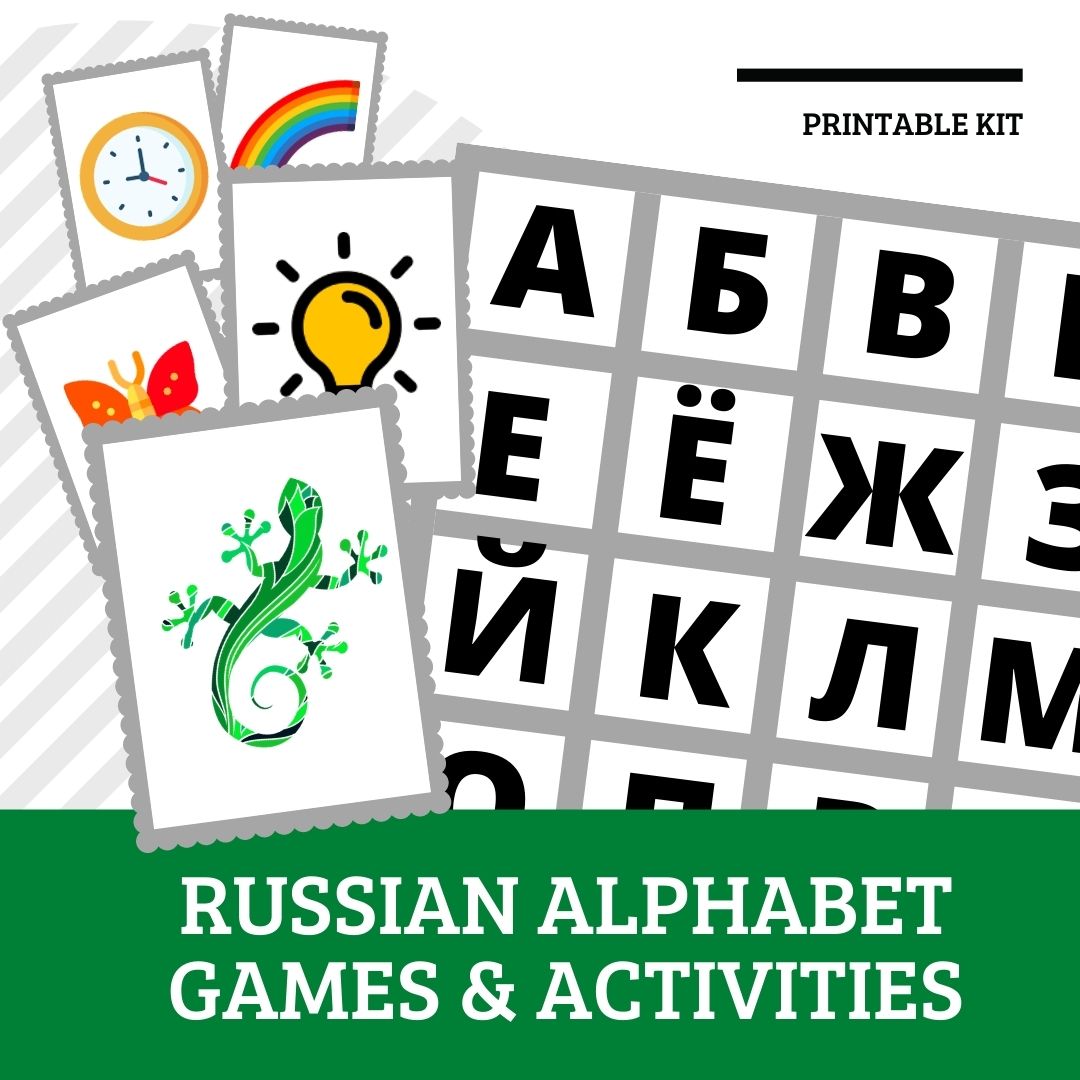


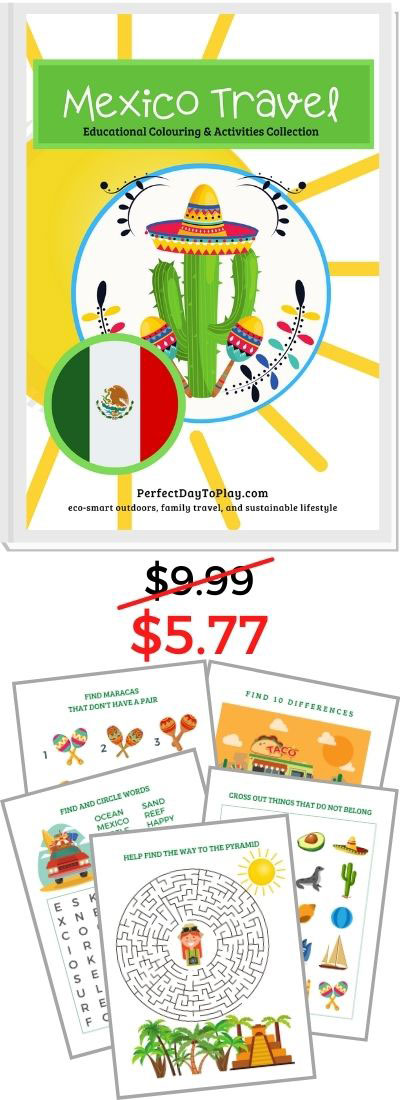
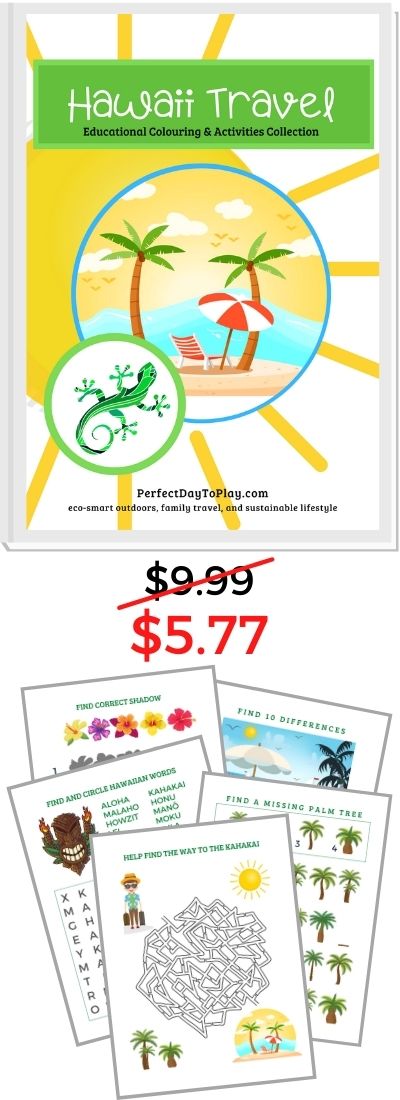
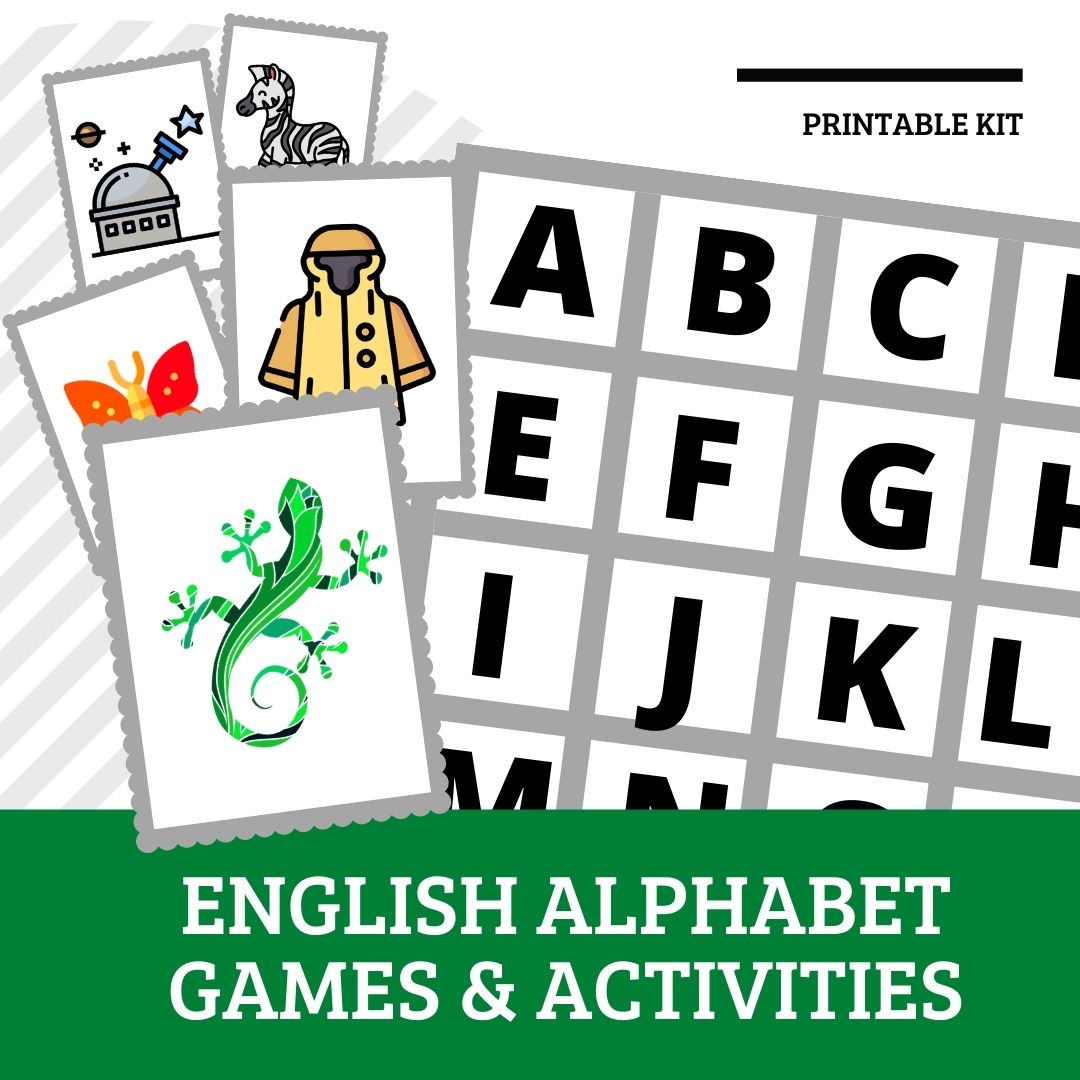









Blog Comments
Cool Rainy Day Activities & Awesome Things To Do With Kids in Vancouver
April 12, 2022 at 12:46 am
[…] Smart Eco-Friendly Family Activities: Teach Kids Sustainability Practices […]
Hannah
June 30, 2020 at 10:31 am
“Charity begins at home” is a powerful phrase to imbibe a habit in children and make them learners for life. Eating vegetables is the first and foremost action that one has to reach the children by being an example. Vegetables are the easiest available eco-friendly source of energy, making it the best alternative to processed and synthetic foods.
PerfectDayToPlay
June 30, 2020 at 4:10 pm
Hannah, I completely agree! eating natural foods that are locally grown is one of the best eco and sustainable choices a family can make 🙂
Margaret
January 22, 2020 at 12:53 am
Love the tips! We’ve also introduced the idea that lights should be off when you aren’t using a room. Our 3 year old is starting to be conscious of these little things. Just need to constantly repeat until it becomes instinctual.
PerfectDayToPlay
January 23, 2020 at 6:26 am
great idea! and yes absolutely, little things matter. I do believe that along with repeating, we need to explain the reasons behind why we are asking to do what we are asking them to do :))) and try to make a game out of it somehow – this way they’ll remember!
Desiree
January 21, 2020 at 2:15 pm
So many great tips. Thank you for sharing. I will try the crafts idea, I’ve never heard of that before. I do most of these things already
PerfectDayToPlay
January 23, 2020 at 6:38 am
I am soo sooo happy to hear that! your kids are lucky to have a parent that cares for their future 🙂
Mama Bear Finance
January 20, 2020 at 11:51 pm
Water is so basic yet it’s so important! What are your ideas of teaching kids about water resource at school?
PerfectDayToPlay
January 23, 2020 at 6:17 am
I absolutely agree that we should start teaching resource-management as a subject the earlier the better. Many things we take for granted here in North America, like water, land, food… other parts of the World go to war for it.
Jes
January 20, 2020 at 10:28 pm
These are such great tips. Thanks for sharing!
PerfectDayToPlay
January 23, 2020 at 6:13 am
thank you, happy to help. and driving sustainability wherever I can!